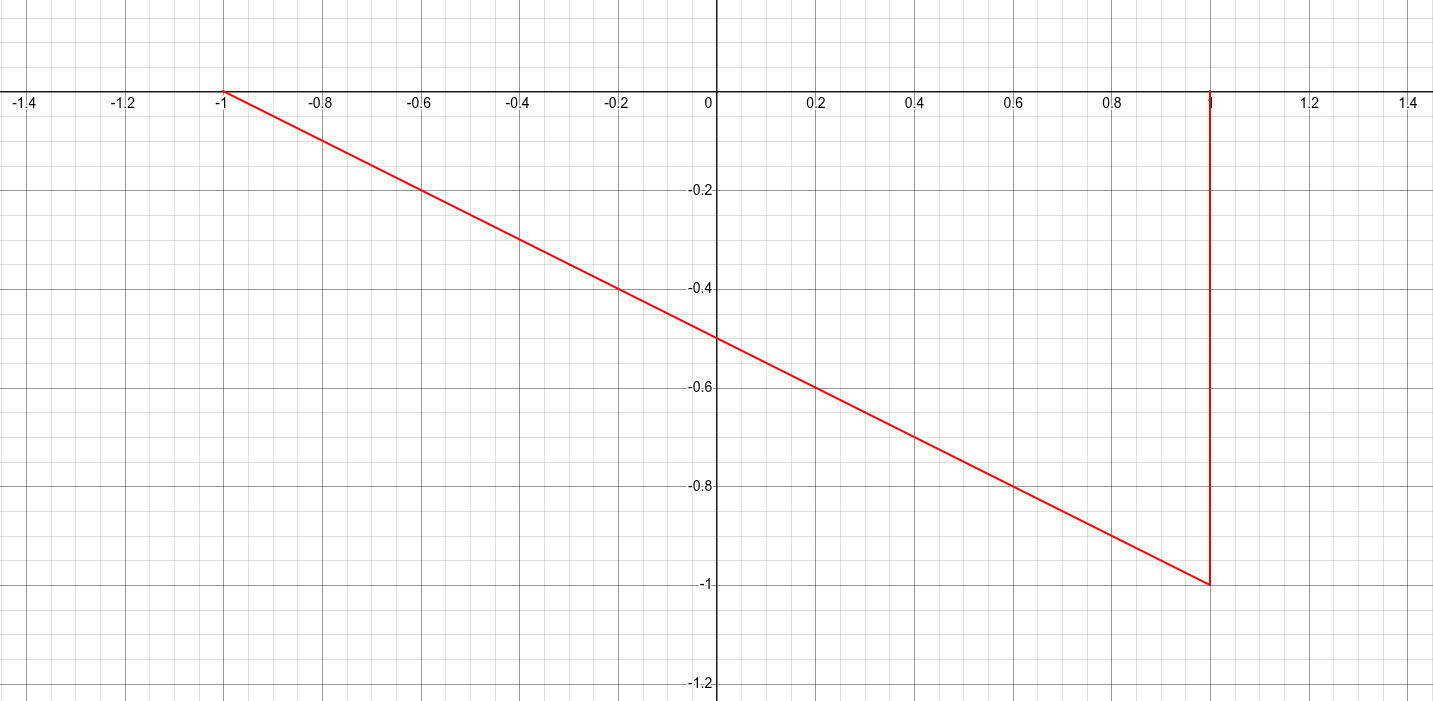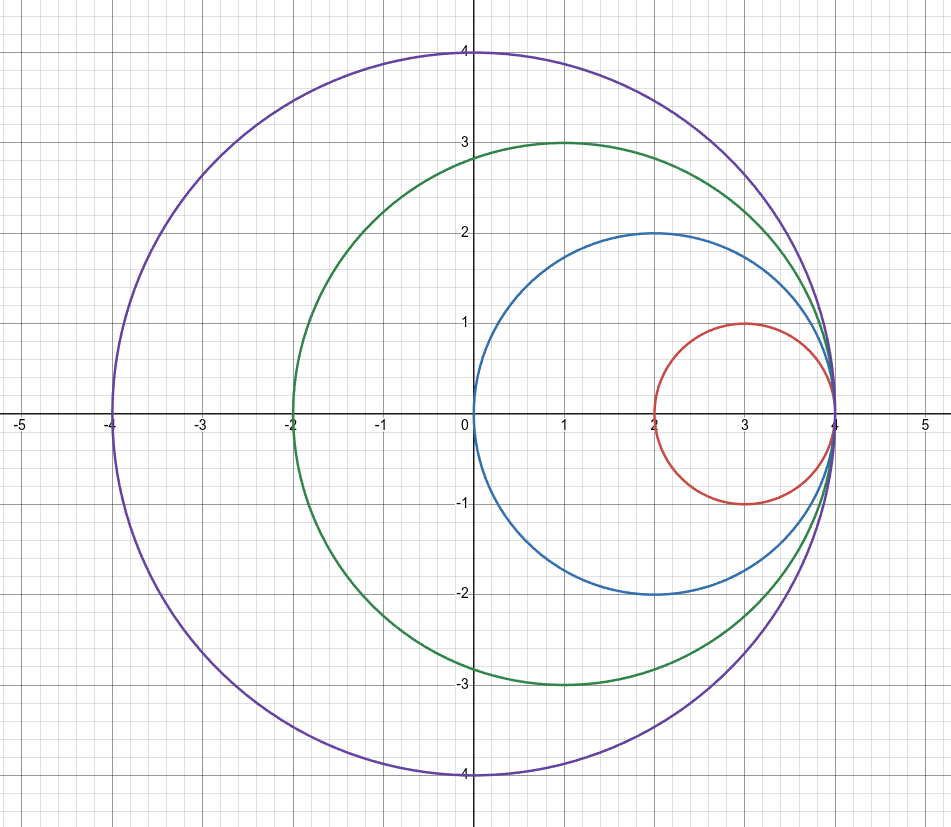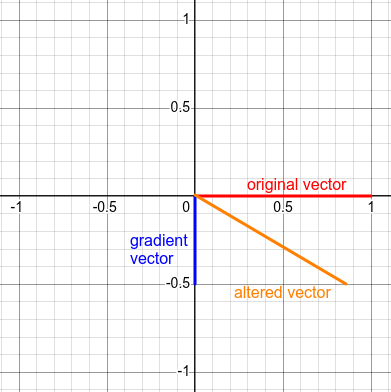The first rule of espionage is, “Don’t get caught.”
The second rule is to infiltrate and take control of the target’s counterintelligence organization. That way you control the search for you and your fellow agents.
The third rule is that you must understand, deep in your heart, that most people are second rate incompetents, promoted above their ability for political reasons, who rely on emotion much more than logical thought, and who can be relied upon to follow simple instructions about as well as a mildly concussed squirrel.
The fourth rule is to accept that it is better to be lucky than good, but being good really helps.
The fifth rule is to realize that anybody willing to work with you is, by definition, a traitor, and should not be trusted.
The sixth rule is to accept that organized crime leaders are much more trustworthy than politicians and most other government officials.
The zeroth rule of espionage is that almost nobody in charge cares what you have to say because they’re mostly sociopathic narcissists. They just want something to back up the decisions they’ve already made, or to have someone handy to blame for their failures. You continue on every day anyway due to a sense of professionalism and a faint hope that you’re doing some good in the long run.




